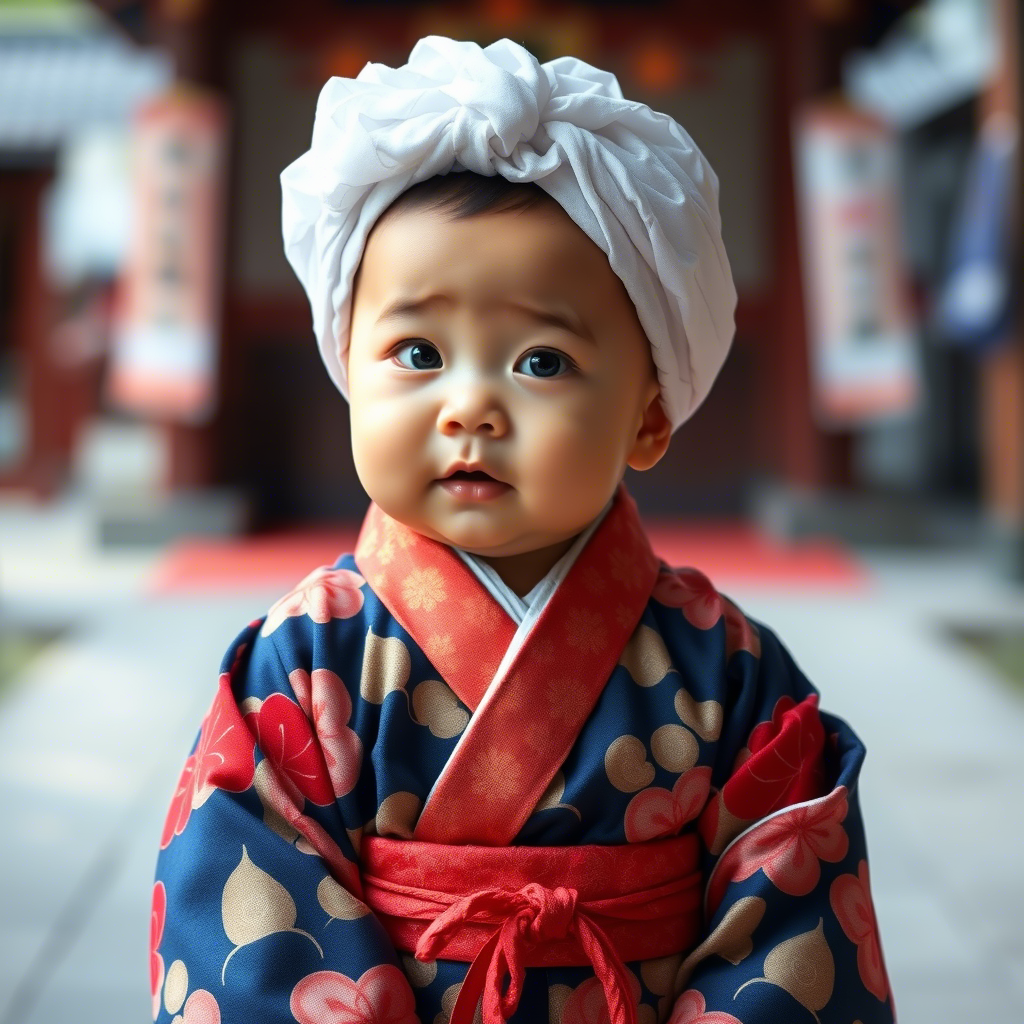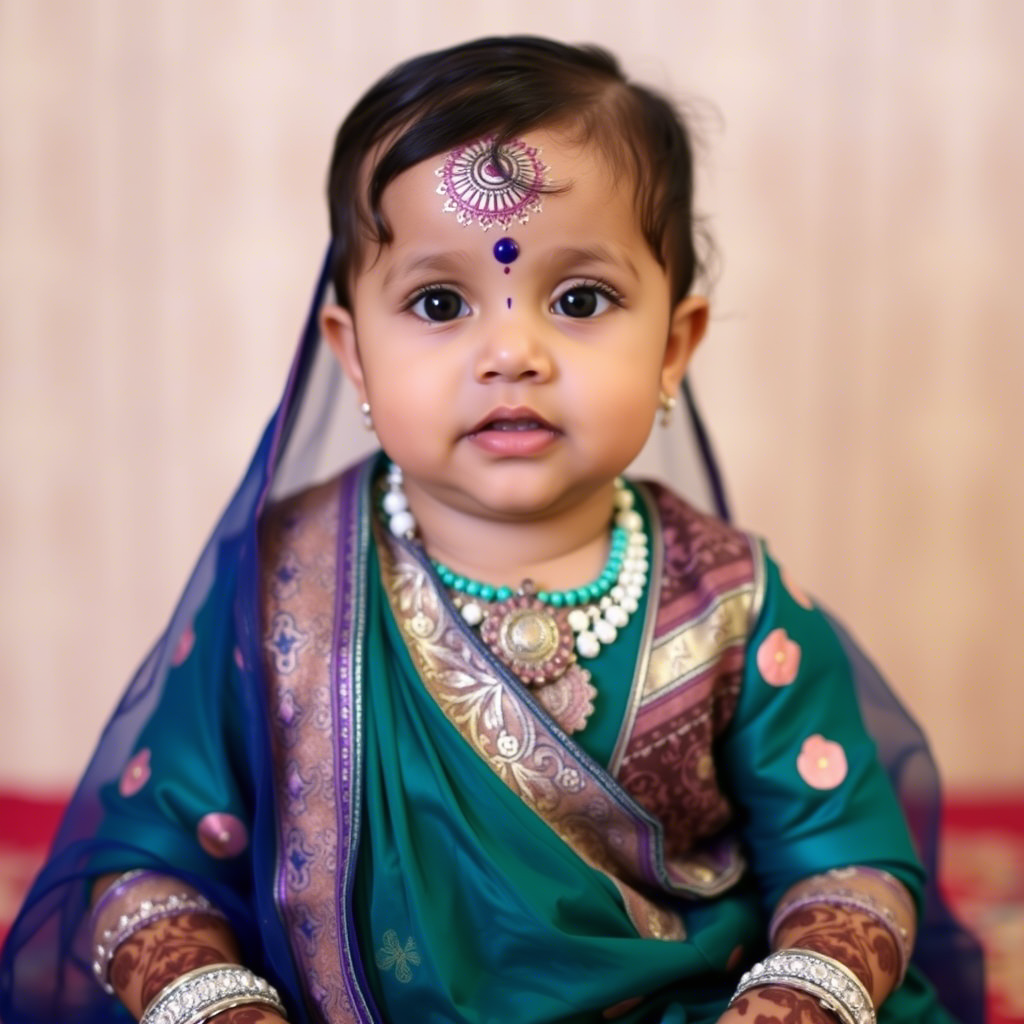Cultural Baby Fashion Around The World: What Babies Wear Globally
Cultural baby fashion is a fascinating reflection of the diverse traditions, values, and aesthetics found around the world. From the intricate designs of Indian henna-adorned babies to the vibrant kente cloth garments worn by African newborns, baby fashion is not just about clothing; it’s a celebration of heritage and identity. As global connectivity increases, understanding and appreciating these cultural nuances becomes more significant. This article explores the rich tapestry of cultural baby fashion globally, highlighting the unique practices, significance, and evolution of baby clothing across different cultures.
Traditional Attire: A Reflection of Cultural Heritage
Significance of Traditional Clothing for Babies
Traditional clothing for babies is often imbued with deep cultural significance, symbolizing good luck, prosperity, and spiritual growth. For instance, in Japan, babies are dressed in traditional kimonos for special occasions like Shichi-Go-San, a rite of passage celebrating a child’s growth.  The kimono is not just a garment; it’s a symbol of cultural heritage passed down through generations.
The kimono is not just a garment; it’s a symbol of cultural heritage passed down through generations.
Regional Variations in Traditional Baby Clothing
- Asia: In many Asian cultures, traditional baby clothing is designed to ward off evil spirits or to signify good fortune. For example, in China, red clothing is preferred for babies as red symbolizes good luck and prosperity.
- Africa: African cultures are known for their vibrant textiles. For example, in Ghana, newborns are wrapped in kente cloth, a fabric rich in symbolic meanings related to proverbs, myths, and historical events.

- India: Indian babies are often adorned with intricate henna designs, believed to bring good fortune and protect them from evil.
 These designs are not only aesthetically pleasing but also carry spiritual significance.
These designs are not only aesthetically pleasing but also carry spiritual significance.
Modern Influences on Cultural Baby Fashion
Globalization and Cultural Exchange
The advent of globalization has led to a blend of traditional and modern styles in baby fashion. Parents now have access to a wide range of clothing options, from traditional garments to modern, globally inspired outfits. For example, a baby boy coat from Lezon Kids can be a stylish and practical choice, combining modern design with the warmth and protection needed for a baby.
Sustainability and Ethical Fashion
There’s a growing trend towards sustainable and ethical baby fashion, driven by consumer awareness about environmental and social issues. Parents are increasingly opting for clothing made from organic materials or produced under fair labor conditions. This shift reflects a broader cultural change towards valuing sustainability and ethics in fashion choices.
Cultural Practices Surrounding Baby Clothing
Rituals and Ceremonies
Many cultures have specific rituals and ceremonies associated with baby clothing. For instance, in some African cultures, the kente cloth worn by newborns is believed to have spiritual significance, and the act of dressing the baby in it is a ceremonial event.
Passing Down Traditions
Cultural baby fashion is also about passing down traditions from one generation to the next. Grandparents and older family members often play a significant role in choosing or making traditional clothing for babies, ensuring the continuation of cultural practices.
The Future of Cultural Baby Fashion
Evolution and Adaptation
As cultural exchange continues to grow, baby fashion is likely to evolve, incorporating elements from various cultures. This blending of styles can enrich cultural heritage while also catering to modern tastes and preferences.
Preserving Cultural Identity
Despite modern influences, there’s a strong desire among parents to preserve their cultural identity through baby clothing. This is evident in the continued practice of dressing babies in traditional attire for special occasions, even as everyday clothing becomes more globalized.
For those interested in exploring more traditional yet modern baby clothing options, Lezon Kids offers a variety of stylish and culturally inspired outfits.
Conclusion
Cultural baby fashion is a vibrant and diverse reflection of global cultures, blending tradition with modernity. Understanding and appreciating these cultural practices not only enriches our knowledge of different societies but also highlights the common humanity that connects us. As we move forward, it’s likely that cultural baby fashion will continue to evolve, influenced by global trends while retaining its unique cultural significance. By embracing both tradition and innovation, parents can ensure that their babies are dressed in clothing that is not only adorable but also meaningful.

Comments